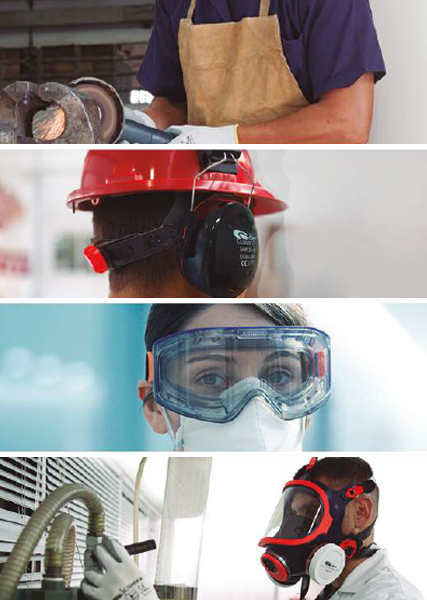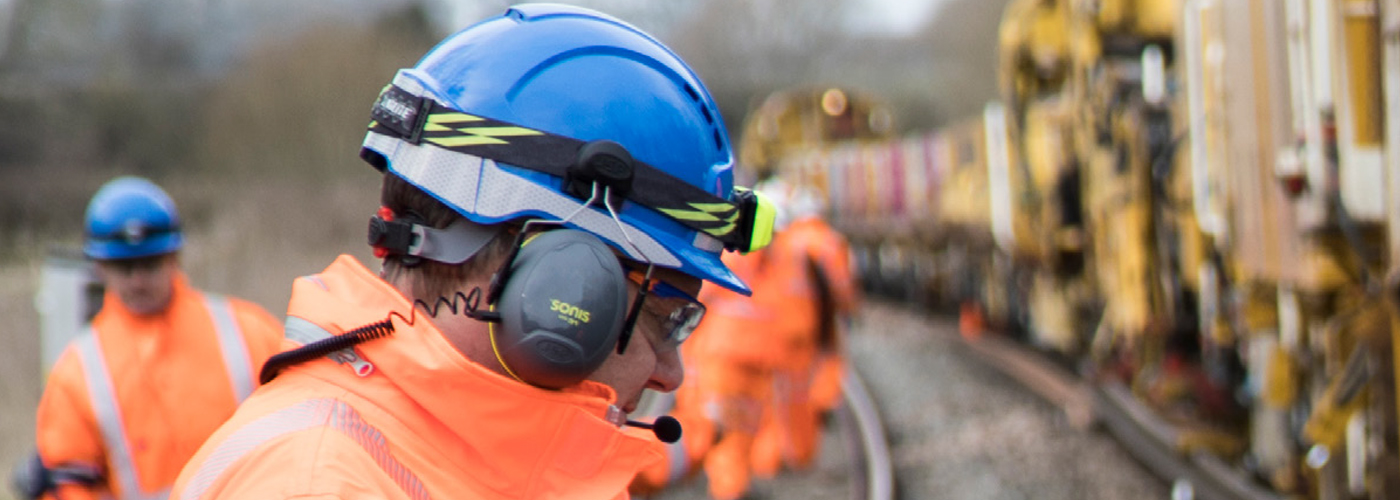
What are the rules? - Blog
The laws and regulations surrounding Personal Protective Equipment in the Netherlands
Published: Monday, September 2, 2024

In the Netherlands, the laws and regulations surrounding personal protective equipment (PPE) are a crucial aspect of occupational safety. Employers are obliged to ensure a safe working environment, and the use of PPE plays an important role in this. In this blog, we will discuss the main laws and regulations surrounding PPE in the Netherlands, including the responsibilities of employers and employees, and how compliance with these rules contributes to a safer workplace.
Legal Framework
The legislation around PPE in the Netherlands is mainly laid down in the Arbowet (Working Conditions Act), the Arbobesluit (Working Conditions Decree) and the Arboregeling (Working Conditions Regulations). These laws and regulations contain the basic rules for safe and healthy working conditions, including the use of PPE.
1. Working Conditions Act (Arbowet)
The Working Conditions Act forms the foundation of Dutch working conditions policy. The law states that employers are obliged to provide a safe and healthy workplace and to protect employees from risks arising from their work. This includes providing personal protective equipment when technical and organisational measures provide insufficient protection.
2. Working Conditions Decree
The Working Conditions Decree further specifies the obligations under the Working Conditions Act. It describes specific requirements and regulations for various working conditions and sectors. For PPE, the Working Conditions Decree contains detailed rules on when and how PPE must be used, maintained and replaced.
3. Working Conditions Regulations
The Working Conditions Regulations provide concrete elaborations of the regulations in the Working Conditions Decree. It contains detailed specifications on various types of PPE, such as helmets, hearing protection, respiratory protection and more. The regulation ensures that PPE meets certain standards and quality marks to ensure safety and effectiveness.
Responsibilities of Employers
Employers have several obligations regarding the use of PPE:
1. Risk Inventory and Evaluation (RI&E):
Employers must conduct an RI&E to identify workplace hazards and risks. Based on this assessment, they must determine which PPE is necessary to protect workers.
2. Provision of PPE:
Employers are obliged to provide necessary PPE to workers free of charge. These equipment must comply with the applicable standards and be suitable for the specific hazards in the workplace.
3. Instruction and Training:
Employers should provide employees with adequate information and training on the correct use of PPE. This includes instructions on how to wear, maintain and store PPE properly.
4. Maintenance and Replacement:
PPE should be regularly inspected, maintained and replaced when necessary. Employers should provide a system to monitor the lifespan and condition of PPE.
Responsibilities of Employees
Employees also have responsibilities regarding the use of PPE:
1. Use of PPE:
Employees are obliged to use the PPE provided properly according to the employer's instructions.
2. Maintenance and Storage:
Workers must take care of the PPE and maintain and store it properly to ensure its effectiveness.
3. Reporting obligation:
Workers should report any defects or problems with the PPE to the employer immediately so that they can be addressed in a timely manner.
Enforcement and monitoring
Enforcement of laws and regulations on PPE is carried out by the Netherlands Labour Inspectorate. The Labour Inspectorate can carry out inspections to verify whether employers and employees comply with the rules. In case of violations, sanctions can be imposed, ranging from warnings to fines.
Conclusion
The laws and regulations surrounding personal protective equipment in the Netherlands aim to ensure the safety and health of workers. By providing and using the right PPE, and through proper compliance with the Working Conditions Act, the Working Conditions Decree and the Working Conditions Regulations, employers and employees can work together to create a safe workplace. It is a shared responsibility that contributes to the well-being of everyone in the workplace.
